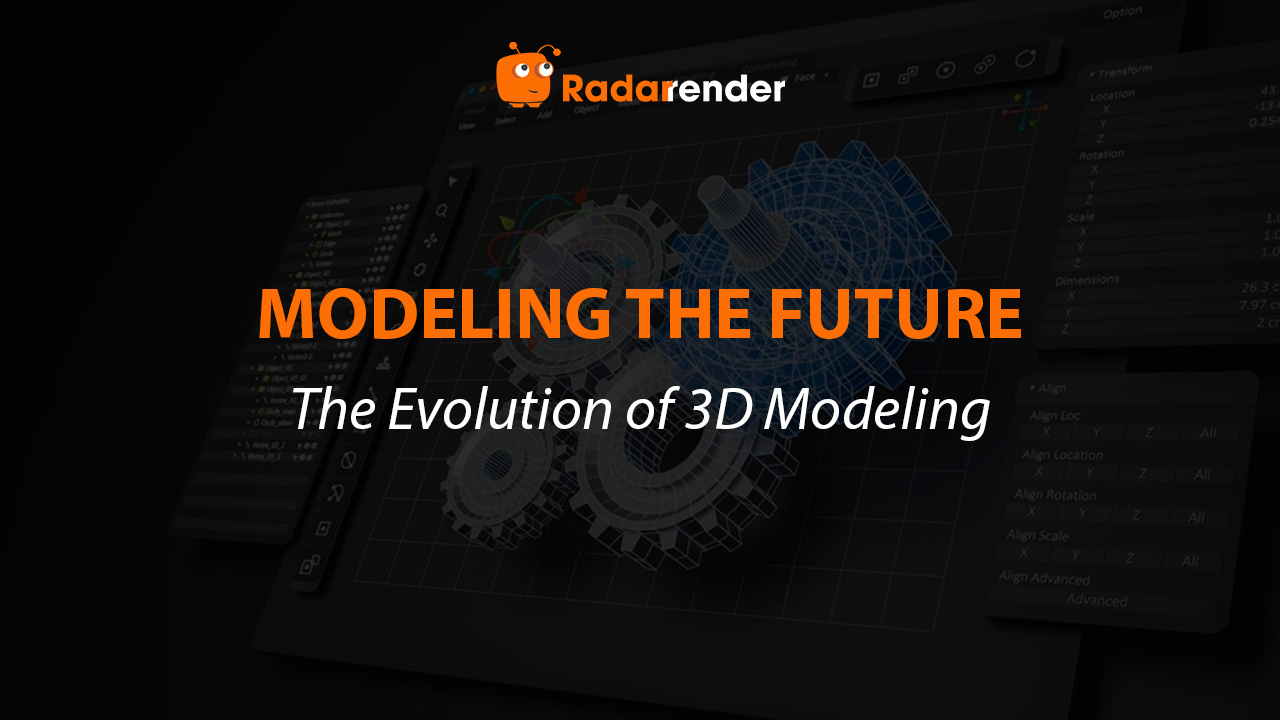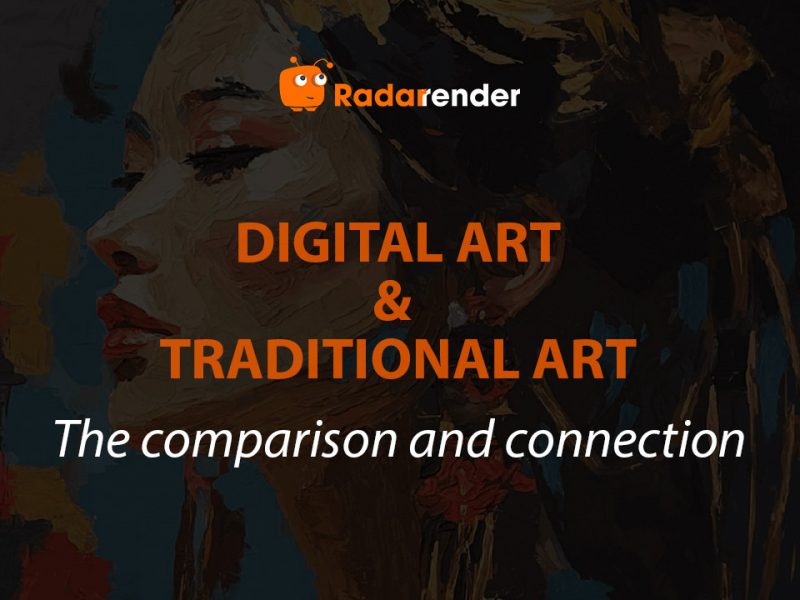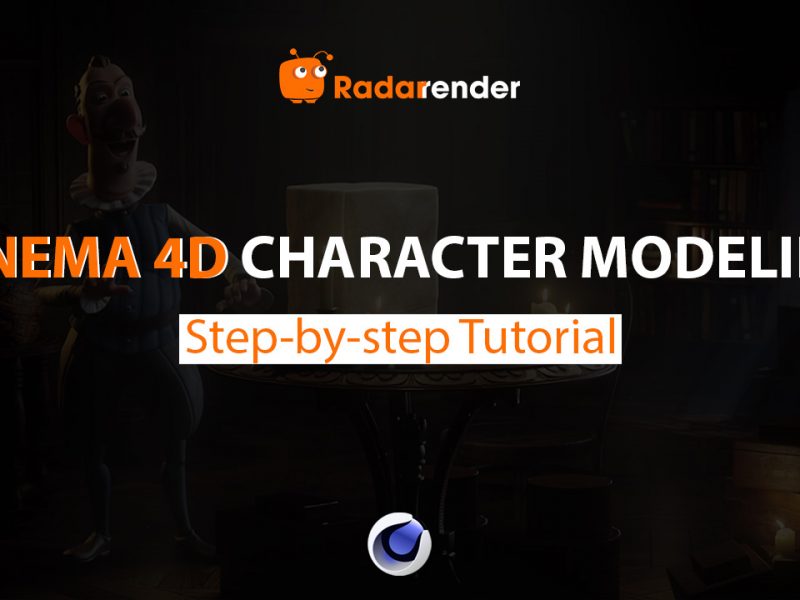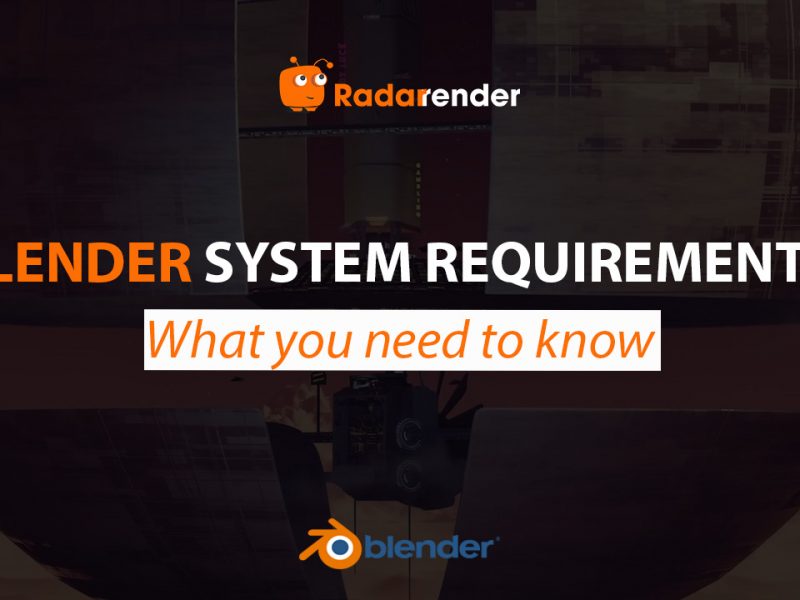Modeling the Future: The Evolution of 3D Modeling
3D modeling has come a long way from its early days of basic geometry and painstaking manual sculpting. Today, it’s a core part of industries from entertainment and architecture to manufacturing and medicine. As technology evolves faster than ever, the question isn’t just where 3D modeling is now but where it’s going next.
Let’s take a look at the current state of 3D modeling and the major trends that are modeling the future of this creative field.
What is 3D modeling?
3D modeling is the process of creating a mathematical, three-dimensional representation of an object or surface using specialized software. This digital model is built by manipulating points, edges, and polygons in a simulated space, and can be viewed from any angle to show the object’s size, shape, and texture.
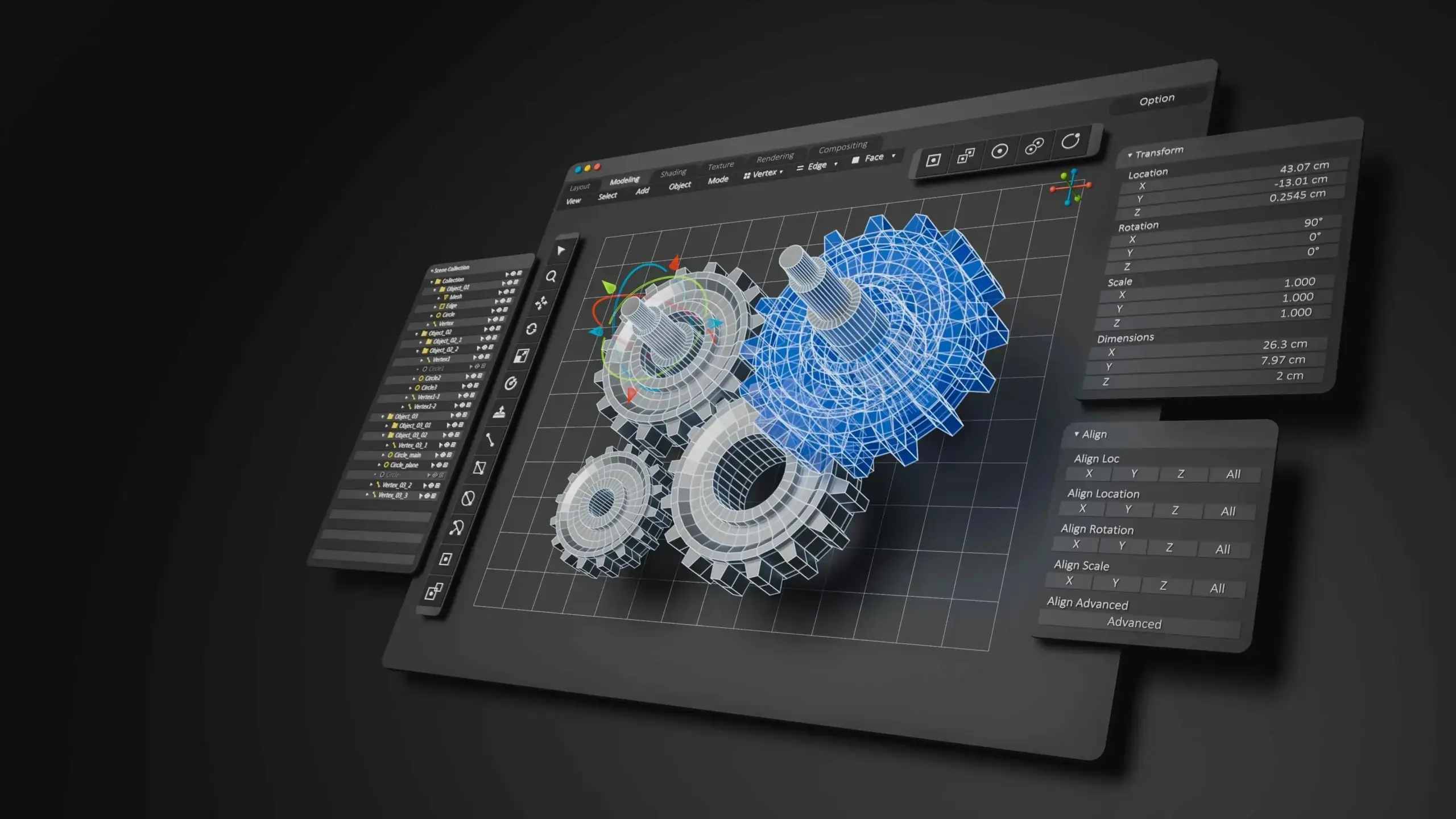 Source: skyrus3d
Source: skyrus3d
3D modeling serves as the creative backbone across many industries:
- Entertainment: Film, TV, and gaming rely heavily on 3D characters and visual effects.
- Architecture and Design: Architects use 3D modeling to visualize buildings and interiors before construction.
- Manufacturing and Engineering: Product designers prototype ideas virtually before production.
- Healthcare and Education: 3D models help simulate anatomy, surgeries, and training environments.
Current status of 3D modeling
Today’s 3D modeling landscape is more advanced, efficient, and creative than ever before. Powerful software, real-time visualization, and cloud computing have reshaped how artists and studios bring digital worlds to life.
Smarter software
Today, there are a lot of modern 3D modeling tools such as Blender, Autodesk 3ds Max, Maya, Cinema 4D, and ZBrush, and they combines precision with automation. Features, like AI-assisted retopology, auto UV mapping, and parametric modeling, help artists build complex models in a fraction of the time.
Therefore, instead of focusing on technical limitations, artists can now focus on the creative idea behind the model.
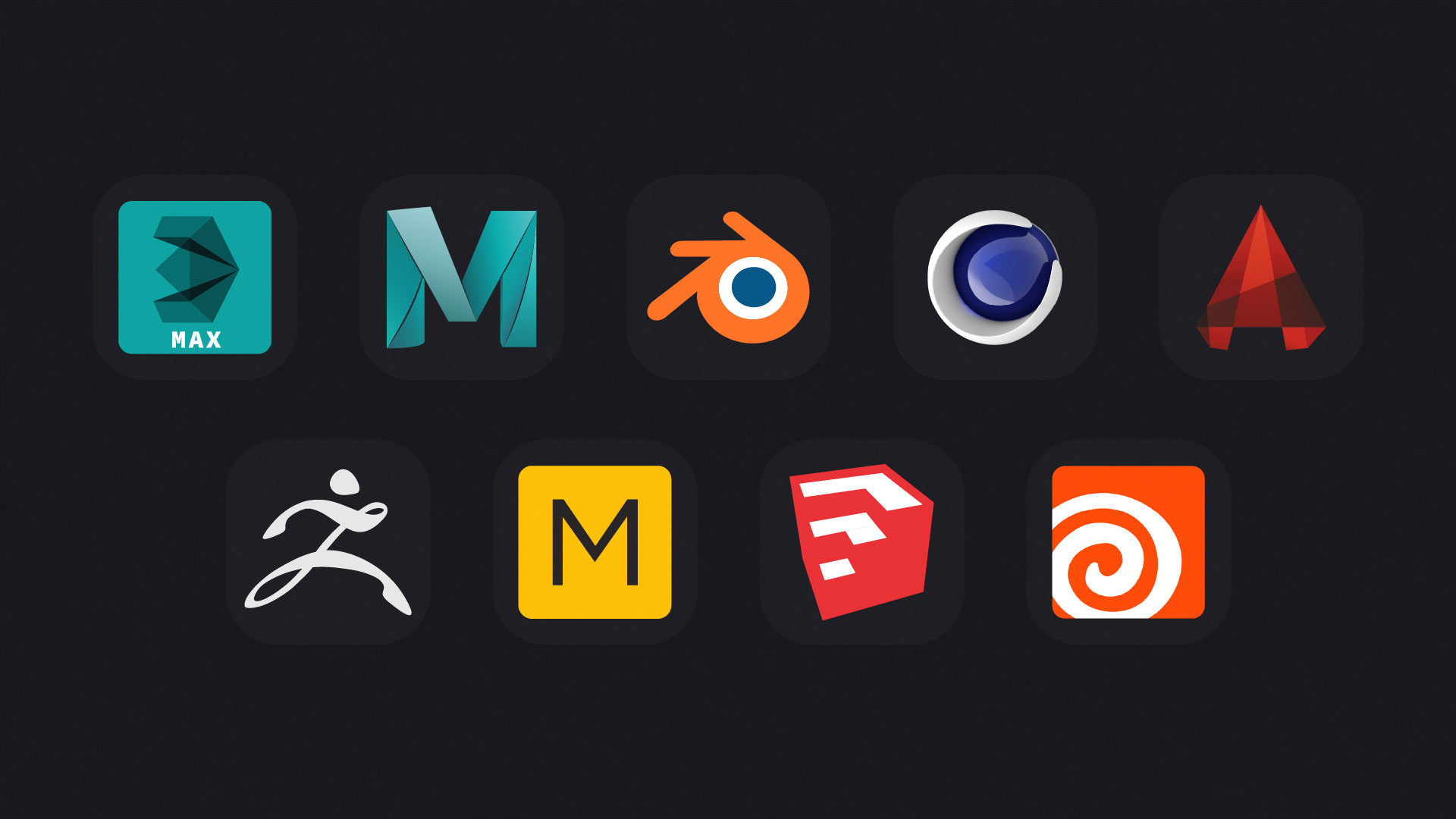 Source: CGTyphoon
Source: CGTyphoon
Real-time visualization
Real-time rendering engines like Unreal Engine and Unity have blurred the line between modeling and final visualization. Artists can adjust lighting, materials, or camera angles and instantly see results.
This immediacy makes 3D modeling not just a preparation step, but an interactive creative experience. Clients can also review scenes in real time, turning the process into true collaborative design.
Cloud power
The rise of cloud computing has completely changed how 3D artists work.
Through cloud platforms and GPU render farms, creators can handle heavy models, high-resolution assets, and complex simulations without needing powerful local hardware.
Cloud-based workflows also make it easier for global teams to work together, share scenes, and render simultaneously – something that was nearly impossible a decade ago.
Expanding applications
3D modeling is no longer limited to movies and games.
Today, it’s used in architecture, product design, manufacturing, medical visualization, and even urban planning. For example, architects model entire cities before construction; engineers build digital twins of machines for testing; educators use anatomical models for immersive learning.
In every case, 3D modeling helps people see, test, and improve ideas before they exist in the real world.
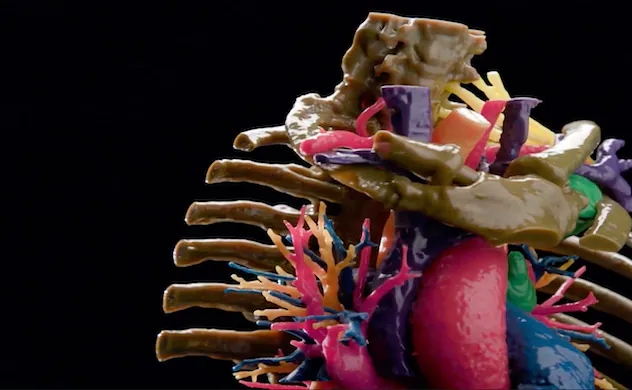
Source: Mayo Clinic
In short, the current state of 3D modeling is defined by speed, intelligence, and accessibility. Artists have better tools, faster feedback, and more collaborative environments than ever before. It’s no longer just about building models – it’s about building ideas, experiences, and innovations.
Future of 3D modeling
The future of 3D modeling will be shaped by AI, real-time technology, cloud computing, and sustainability – all working together to make creation faster, smarter, and more connected.
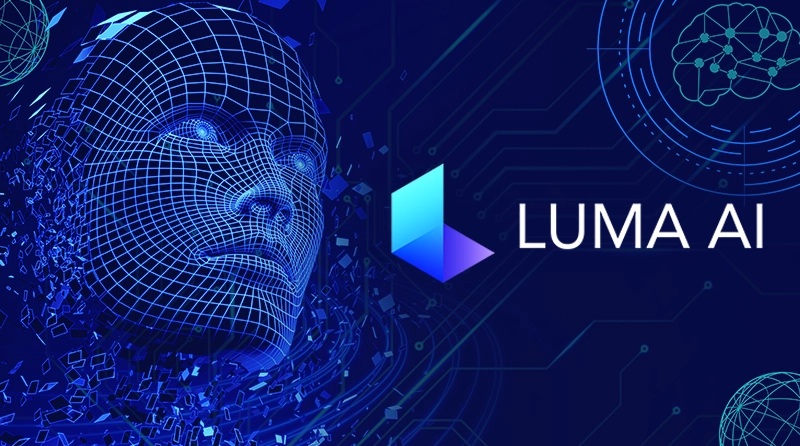
Source: awesmai.com
AI as a creative partner
Artificial intelligence will play a major role in automating repetitive tasks and generating assets.
AI tools like Runway, Luma AI, and Kaedim already hint at this future, where artists spend less time modeling from scratch and more time refining style, composition, and storytelling.
Generative and procedural design
Procedural tools like Houdini and Rhino’s Grasshopper enable artists to create complex patterns and structures through rules, rather than manual modeling. When combined with AI-driven generative design, 3D modeling will evolve into a system that can explore thousands of creative possibilities automatically, finding the most aesthetic and efficient results faster than any human could.
Immersive and real-time worlds
With the growth of AR, VR, and mixed reality, 3D modeling will power fully interactive environments – from virtual retail spaces to metaverse cities.
Real-time 3D assets will become the foundation of how people work, play, and connect in digital worlds.
Sustainable and cloud-first production
While cloud-based rendering and storage are already common today, the future of 3D modeling will take this even further.
Studios and artists will move toward fully cloud-integrated pipelines, where modeling, texturing, rendering, and collaboration all happen in one virtual workspace – no high-end local hardware required.
At the same time, the industry is shifting toward sustainability, using energy-efficient data centers and green-powered render farms to reduce carbon footprints.
This evolution isn’t just about speed – it’s about making 3D production more accessible, scalable, and environmentally responsible.
Do you think AI will replace the 3D modeling industry?
As AI continues to transform creative industries, one big question keeps coming up: will AI replace 3D modeling and the artists behind it?
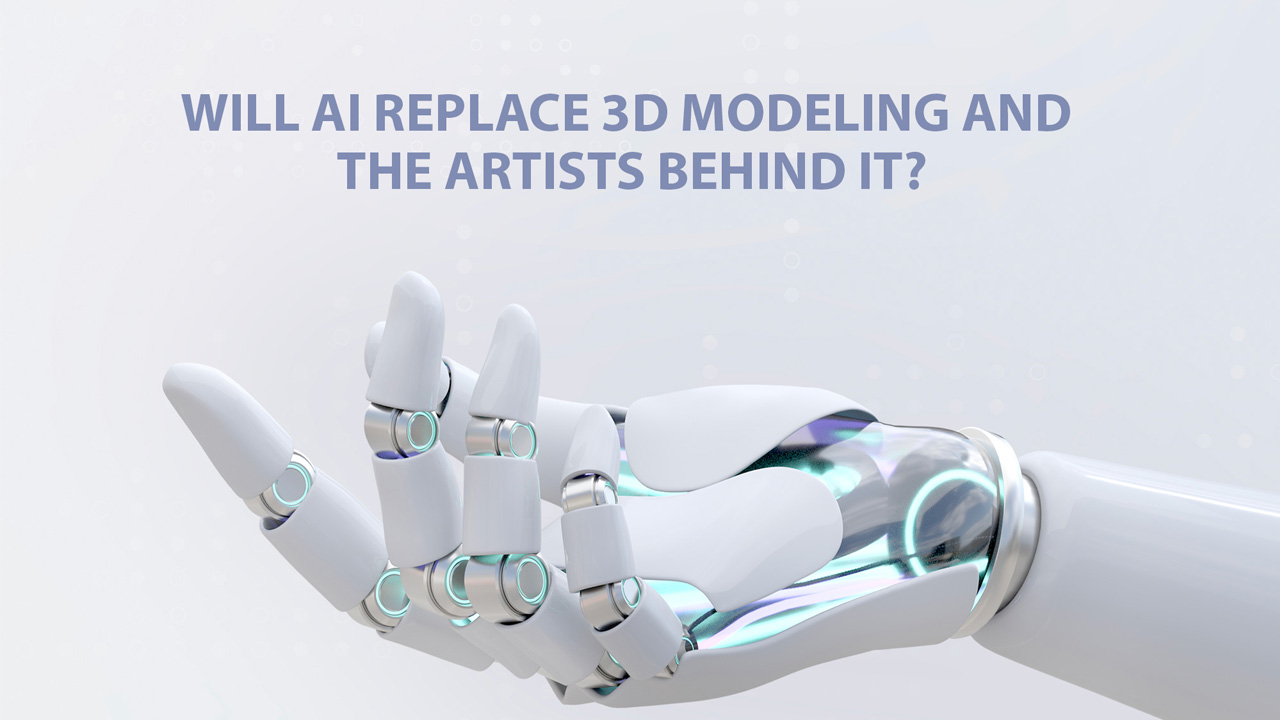
AI has certainly changed how 3D modeling works, but it’s far from replacing the industry.
While AI and photogrammetry tools can quickly generate base meshes or realistic assets, their results still require optimization, proper topology, and artistic refinement. All of which demand human skill. In fact, many artists consider topology and mesh flow to be an art form in itself.
Real-time engines like Unreal or Unity rely heavily on optimized models, and some creative mediums use stylized or hand-crafted designs that AI simply can’t replicate.
Beyond that, level design, environment storytelling, and visual direction remain deeply human tasks. They require emotion, context, and narrative thinking that no algorithm can replace.
Even in industries like CAD, engineering, and architecture, where precision is everything, AI can assist but not replace human input. It may give artists a head start or help them model through voice and text prompts, but the final polish and creative decision-making will stay human.
In short, AI is a powerful tool, not a replacement, in a craft that continues to balance technology with human imagination.
Conclusion
From its origins as a niche technical craft to becoming a driving force of digital innovation, 3D modeling continues to shape the way we design and experience the world.
With AI, cloud computing, and real-time technology at its core, artists and studios are not just adapting to change – they’re actively modeling the future of creativity, imagination, and technology.
See more:



